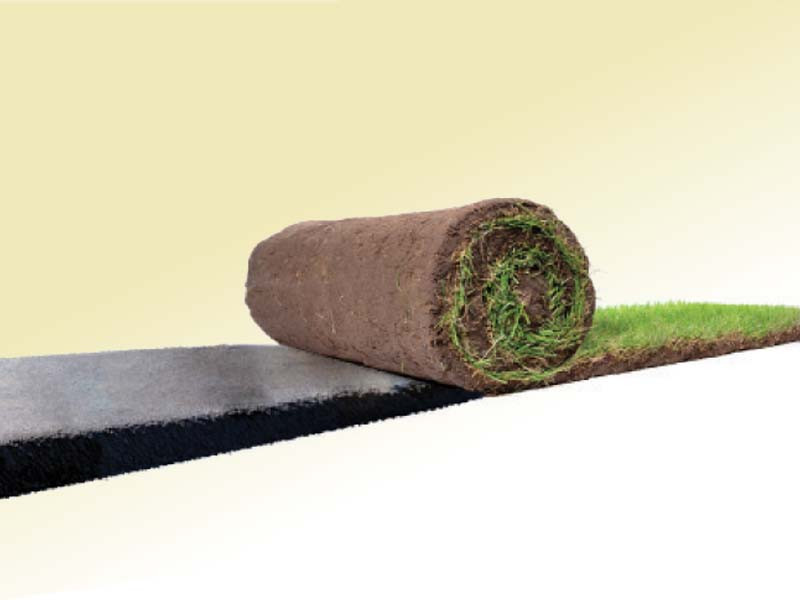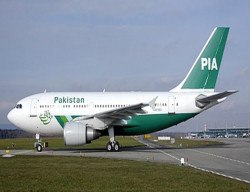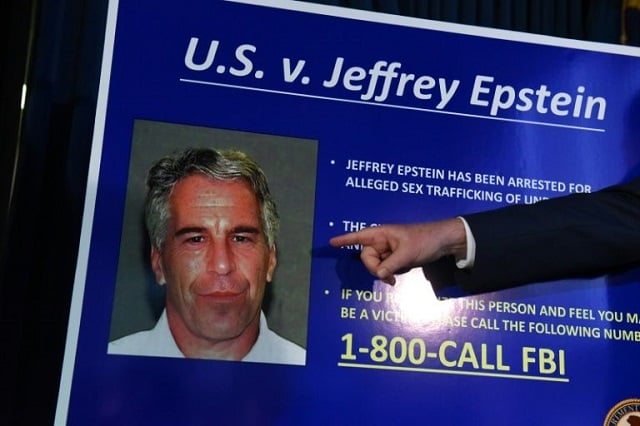
Green belt policies have been traditionally introduced to cities by urban planners as a means of stopping urban sprawl but other than the intended purpose, they are also responsible for encouraging the vital regeneration of our largest cities.
However, issues like water scarcity, encroachment, unregulated construction projects, and managerial flaws have started taking a toll on Karachi’s green belts, which have slowly disappeared from plain sight.
Despite tall claims by local bodies and other agencies that appear to run vigorous plantation drives every year, the port city continues to lose most of its green cover while buffer zones like green belts are being rapidly eaten by land mafias. As a result of which, it is believed that Karachi is on the barrel’s end of severe environmental challenges and the consequence of climate change.
Details reveal that in the last two decades alone, the megacity has lost thousands of its autochthonous trees to newly-built flyovers, underpasses, and other construction projects, while harmful trees like conocarpuses have been extensively used to line sidewalks and green spaces.
However, local experts like the University of Karachi’s Dr Waqar Ahmed, who acknowledge the city’s severe lack of vegetation have advised against impulsively cutting down conocarpuses based on their pernicious image. “They are just trees, and still provide green cover and shade. The issue with them is that they are not native to Karachi, and hence not compatible with the local ecosystem. They shouldn’t be planted, but there is no need to villainise and cut down any and every conocarpus out there,” he said, adding that instead local varieties with minimum watering needs should be planted across the city, so that the conocarpus is eventually eradicated.
Read More: PM Imran stresses ‘green urbanisation’
Per officers of the Traffic Engineering Bureau, the urban plan dictates that every housing scheme should have green belts on between its roads. They offer various benefits like improving water-absorption rate to increase groundwater, reduce noise pollution and also play a role in road safety. “Owing to the reconstruction of University Road, Green Line Bus Rapid Transit System on Sher Shah Suri Road, and the construction of Orange Line on Orangi Highway, green belts have either completely disappeared or have shrunk to a great extent. The construction of flyovers and underpasses in the past has also caused a lot of damage to the green belts. However, there is still enough space on the sidewalks of most of the major roads and thoroughfares in the city to plant trees, so a lot of what is lost can be recovered,” shared one officer on conditions of anonymity.
According to him, Green Line Bus Administration has planted trees on Sher Shah Suri Road and plans to plant more trees in the future. “There are green belts in the inner roads of Landhi, Malir, Shah Faisal Colony and other suburbs. However, there is no tree planting in these places and they can use afforestation campaigns,” he added.
Per a survey conducted by The Express Tribune, Karachi’s green belts are severely threatened by encroachments that remain rampant to date. The wide-spread green belts on University Road, that span from Central Jail to Askari Park have been occupied by car showroom owners for years. Many trees have been cut down in the areas with no new plantation taking place. Whereas, trees planted on the city’s various sidewalks appear to only last a few seasons, and are seen to eventually wither and die due to lack of water and care.
Speaking in this regard, Karachi Parks Department Director General Junaid Khan claimed that his office has planted over 0.15 million local plants along major highways like Shahra-e-Faisal, Shahra-e-Pakistan, Mai Koiachi, and Korangi Road this season. They include varieties like Royal Poinciana, Neem and marigold, in addition to other flowering plants as well as 300 plants planted in collaboration with NED University, using the Japanese Miwaki method.
When probed about their long-term care, he said that the Parks Department has five tankers, but requires three more to cover the city. Per Deputy Commissioner Central and Administrator Central Municipality Taha Saleem, there is shortage of water in the city. “The district administration is however working with the private sector to recycle and use sewage water in roads and parks. In this regard, Mewaki Forest will be planted on Musa Colony Road, Karimabad, KDA Chowrangi, 5000 Road in which less water is consumed and plants grow faster,” he told The Express Tribune.
Published in The Express Tribune, April 12th, 2022.


1730967569-0/BeFunky-collage-(28)1730967569-0-165x106.webp)





















COMMENTS
Comments are moderated and generally will be posted if they are on-topic and not abusive.
For more information, please see our Comments FAQ